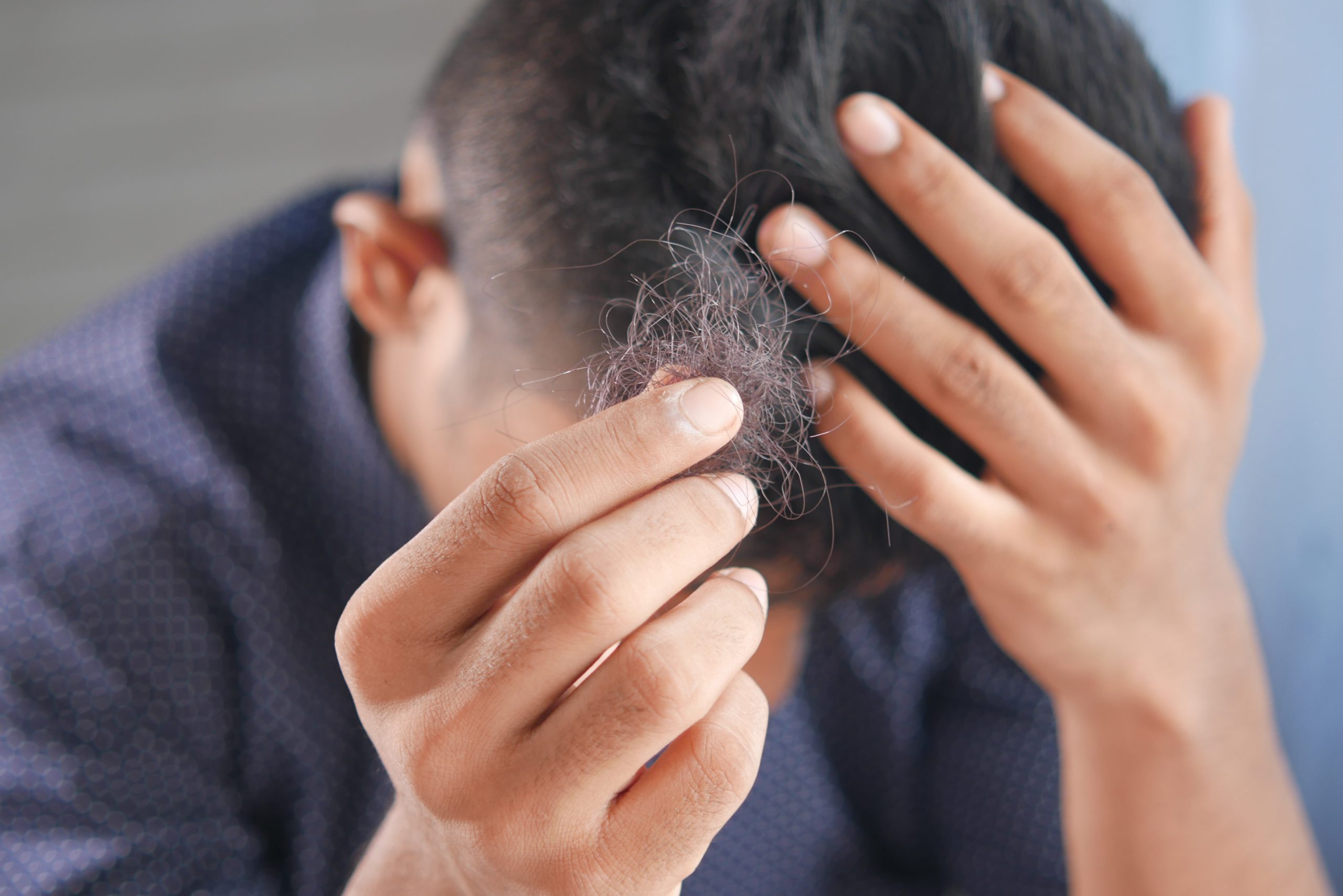Introduction:
Hair loss can be a distressing experience for both men and women, affecting self-esteem and overall well-being. As technology and science continue to advance, the field of hair restoration and treatments has seen remarkable progress. From topical solutions to surgical interventions, researchers and experts are constantly exploring new avenues to address this common concern. In this article, we delve into the latest hair-loss treatments, examining their effectiveness, advancements, and the impact they have on individuals seeking to regain their confidence and hairline.
Unveiling Topical Innovations:
Topical treatments have long been a popular option for combating hair loss, with products ranging from shampoos and conditioners to serums and foams. The latest advancements in topical solutions focus on delivering targeted ingredients directly to the scalp, nourishing the hair follicles and promoting regrowth. Ingredients such as minoxidil and finasteride have shown promising results, stimulating hair growth and slowing down the progression of hair loss. Additionally, the introduction of novel compounds and plant-based extracts has expanded the options available to consumers, providing alternative solutions for those seeking natural remedies.
Revolutionary Approaches: Platelet-Rich Plasma Therapy
Platelet-Rich Plasma (PRP) therapy has gained significant attention in recent years as a revolutionary approach to hair restoration. This procedure involves extracting the patient’s blood, processing it to isolate platelet-rich plasma, and injecting it back into the scalp. PRP contains growth factors that stimulate hair follicles, promoting new hair growth and improving the overall quality of existing hair. While more research is needed to fully understand its long-term effectiveness, early results and patient testimonials have been promising, making PRP therapy an increasingly popular choice for individuals seeking non-surgical alternatives.
Precision and Artistry: Hair Transplantation
Hair transplantation remains a gold standard in treating hair loss, offering a permanent solution for individuals with advanced hair thinning or baldness. The technique has evolved over the years, becoming more refined and precise. Follicular Unit Transplantation (FUT) and Follicular Unit Extraction (FUE) are the two primary methods employed in hair transplantation. FUT involves removing a strip of hair-bearing scalp, dissecting it into individual follicular units, and transplanting them into the target area. FUE, on the other hand, involves extracting individual follicular units directly from the donor area and transplanting them into the recipient site. With advancements in technology and surgical techniques, hair transplantation procedures have become more efficient, less invasive, and produce natural-looking results.
Emerging Technologies: Laser Therapy and Microneedling
In recent years, laser therapy and microneedling have emerged as innovative techniques for addressing hair loss. Low-Level Laser Therapy (LLLT) involves the use of red light lasers to stimulate hair follicles, improving blood circulation and promoting hair regrowth. Microneedling, on the other hand, utilizes tiny needles to create controlled micro-injuries on the scalp, triggering the body’s natural healing response and stimulating hair growth. While the effectiveness of these treatments may vary from person to person, they offer non-invasive options for individuals seeking alternatives to surgical interventions.
Conclusion:
The battle against hair loss has seen significant advancements in recent years, offering individuals a range of treatment options to address their concerns. From topical solutions to surgical interventions and emerging technologies, researchers and experts continue to explore new frontiers in hair restoration. It is essential to approach hair-loss treatments with realistic expectations and consult with professionals who can provide personalized guidance based on individual needs. While no treatment guarantees
miraculous results, the ongoing advancements in the field bring hope to those seeking to restore their confidence and embrace a future with a fuller, healthier head of hair.




